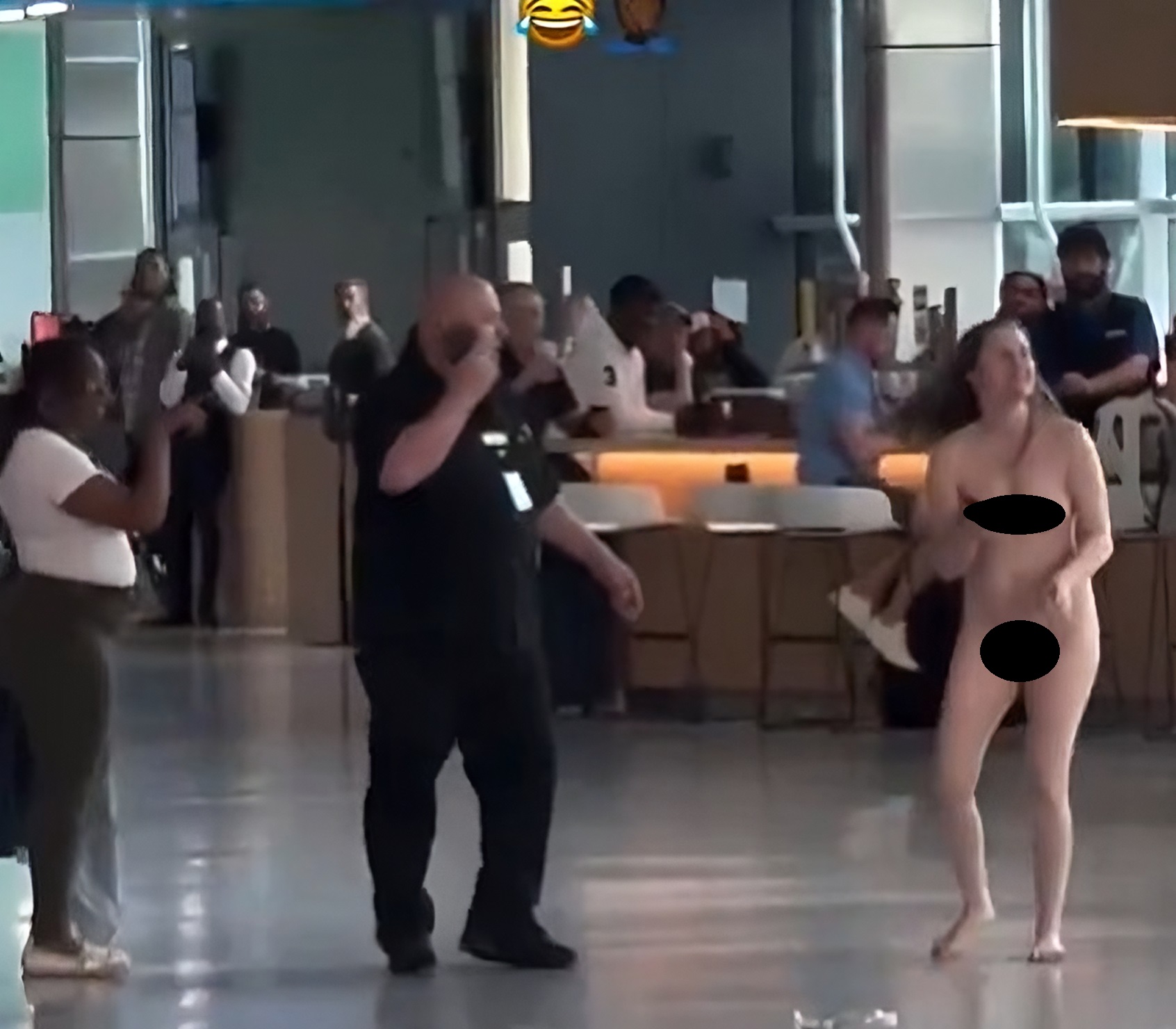Imagine walking along a beach at night, and with every step, the water lights up with a magical blue glow.
This isn’t a scene from a fantasy movie; it’s a natural phenomenon called bioluminescence.
Caused by tiny organisms like plankton and jellyfish, bioluminescence is a chemical reaction that makes light. While rare, there are unique beaches worldwide where you can see this natural light show.
In this article, we’ll explore the best beaches for bioluminescence viewing and give tips on making your experience unforgettable.
Disclosure: This article may contain affiliate links, meaning when you make a purchase, I earn a small commission. Affiliate links cost you nothing to use, and help keep my content free. It’s a win-win for us both. For more info, see the Disclosure Policy.
What is Bioluminescence?
Bioluminescence occurs when living things make their own light.
This magical display is most commonly seen in the ocean but can also occur in some land creatures, such as fireflies and fungi.
The light is usually blue or green because these colors travel the farthest in water.
💡How Does Bioluminescence Work?
Bioluminescence happens because of a chemical reaction between a light-emitting molecule called luciferin and an enzyme called luciferase.
When these two substances mix, they produce light. Movement, temperature changes, and other signals can trigger this reaction.
Types of Bioluminescent Organisms
Bioluminescence is found in many sea creatures, including:
Plankton: Tiny organisms that float in the water and often cause the glowing waves seen on bioluminescent beaches.
Jellyfish: Some jellyfish can produce light, creating a stunning underwater display.
Fish: Certain deep-sea fish use bioluminescence to attract prey or communicate with each other.
1. Manialtepec Lagoon, Mexico
Mexico boasts diverse ecosystems and abundant wildlife, making its secluded beaches ideal for witnessing bioluminescence.
Just west of Puerto Escondido, the serene lagoon of Manialtepec comes alive every evening with glowing plankton.
Nightly boat tours from Puerto Escondido take you to this magical spot, and you are encouraged to swim in the lagoon to activate the bioluminescent display.
The lagoon teems with marine life, and you’ll often see fish darting through the water, leaving sparkling trails.
Top Tip: Visit during a weak moon phase to fully appreciate the plankton’s glow, as a bright moon can diminish the effect.
2. Luminous Lagoon, Jamaica
Luminous Lagoon gets its name from the dinoflagellates that sparkle in its waters at night.
Situated in the marshlands near Falmouth, where the Martha Brae River meets the Caribbean Sea, the unique blend of salt and fresh water creates an ideal environment for bioluminescence.
It’s one of the best places globally to witness this natural phenomenon.
Nearby hotels and marinas offer evening boat tours, allowing you to swim, snorkel, and marvel as the water lights up around you.
Top Tip: Tours last about 45 minutes and run nightly. Rain enhances the bioluminescence, so don’t let the weather deter you.
3. Vaadhoo Island, Maldives
Vaadhoo Island offers luxurious resorts, exquisite dining, and a variety of water sports like other Maldivian islands, but it also has the added enchantment of a glowing sea.
This tiny island, home to fewer than 500 residents and numerous overwater bungalows, is famous for its “Sea of Stars,” where sparkling waters dazzle visitors.
The glowing phytoplankton here shine particularly brightly due to the minimal light pollution in this part of the Indian Ocean.
The best time to experience this natural wonder is between June and October, when the plankton is most vibrant.
You can swim, snorkel, or dive with these luminous organisms for an unforgettable experience.
Top Tip: To reach Vaadhoo Island, take a 15-minute speedboat ride from Male. Book a room in one of the island’s hotels, which can arrange tours to see the bioluminescent plankton.
4. Matsu Islands, Taiwan
Referred to as “Blue Tears,” the glowing algae illuminates the night, creating a magical display as it splashes against the island’s rocky outcrops and beaches.
You can reach the islands by flight or ferry from mainland Taiwan, and once there, book a boat trip or guided tour to witness this stunning phenomenon.
These tours are conducted in complete darkness to avoid light pollution, making the experience more thrilling, but local guides are well-acquainted with the area and provide lifejackets for safety.
Top Tip: Predicting the exact appearance of bioluminescence is challenging. However, it vanishes when the sea temperature exceeds 81 degrees F (27 degrees C).
5. Coles Bay, Tasmania
Coles Bay, located on Tasmania’s Freycinet National Park just south of mainland Australia, is renowned for its stunning beaches, including Wineglass Bay and Honeymoon Bay.
However, Coles Bay is particularly famous for its bioluminescent displays.
The microscopic organisms in the water emit a bright glow due to the minimal artificial light in the national park.
Bioluminescence can be observed year-round, and during winter, you might even witness the Aurora Australis alongside the sea sparkle.
Top Tip: Freycinet National Park is approximately a 3-hour drive from Hobart, and having a car is essential for the trip. Bring plenty of water bottles; the only refill station is at the visitor’s center.
When to Visit for the Best Experience
Bioluminescence is often seasonal, with the best times to visit varying by location.
Generally, warmer months are better as the organisms responsible for the glow are more active.
🌕 Weather Conditions
Clear, calm nights are ideal for viewing bioluminescence. Wind and rain can disrupt the water, making the glow less visible.
The best time to see bioluminescence is during a new moon when the sky is darkest. Full moons can create too much light, making the bioluminescence harder to see.
How to Maximize Your Bioluminescent Experience
Best Viewing Practices
Avoid Light Pollution: Choose a location far from city lights.
Stay Calm: Movement triggers the glow, so wade gently into the water.
Use Red Lights: If you need a flashlight, use a red light to avoid disrupting the bioluminescence.
Safety Tips
Check Local Guidelines: Some areas may have restrictions or require permits.
Wear Appropriate Gear: Water shoes and a wetsuit can make your experience more comfortable.
Stay Hydrated: Bring water and snacks, especially if you plan a long night.
Photography Tips
Use a Tripod: To capture the glow, you’ll need long exposure times.
Adjust ISO Settings: Higher ISO settings can help capture the light.
Experiment with Angles: Try different perspectives to get the best shot.
The Science Behind the Glow
Chemical Reactions
The light produced by bioluminescent organisms results from a chemical reaction between luciferin and luciferase, which releases energy in the form of light.
Role of Plankton
Plankton are often the primary source of bioluminescence in marine environments.
These tiny organisms emit light when disturbed, creating the glowing waves seen on bioluminescent beaches.
Environmental Factors
Factors like water temperature, saltiness, and nutrient levels can affect the intensity and frequency of bioluminescence.
Warmer, nutrient-rich waters are generally more conducive to bioluminescent activity.
Cultural Significance and Myths
Bioluminescence has inspired many myths and legends. In some cultures, it is believed to be the work of sea spirits or magical creatures.
Today, bioluminescence is often seen as a natural wonder, attracting tourists and nature lovers worldwide.
Bioluminescent beaches can significantly impact local communities, boosting tourism and providing economic benefits.
However, to protect these fragile ecosystems, it’s essential to balance tourism with conservation efforts.
Conclusion
Seeing bioluminescence is a magical experience connecting us to the natural world’s wonders.
From the glowing waters of Puerto Rico to the luminous bays of Japan, these bioluminescent beaches offer a unique and unforgettable adventure.
By understanding the science behind the glow and practicing responsible tourism, we can ensure that these natural light shows continue to dazzle and inspire for generations to come.
So pack your bags, grab your camera, and get ready to explore the best beaches to see bioluminescence.









